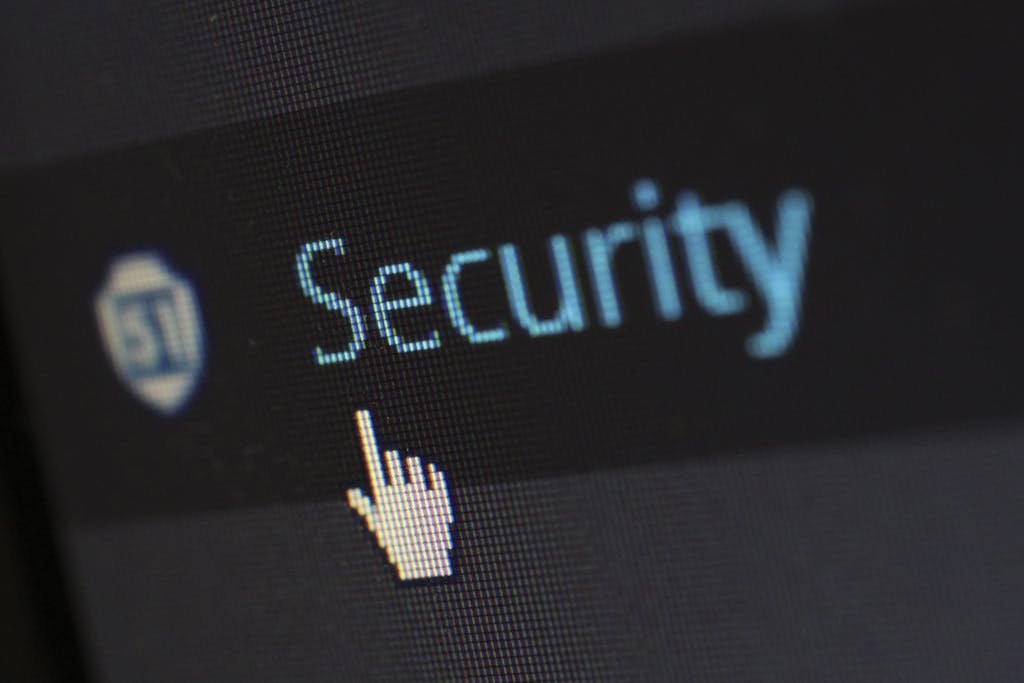Lesson Plan: Cybersecurity Basics for High School Students

Lesson Plan: Cybersecurity Basics for High School Students
Objective:
By the end of this lesson, students will understand the fundamentals of cybersecurity, including threats, best practices, and the importance of protecting personal information online.
Duration:
Two 45-minute class periods
Materials:
- Computer with internet access
- Projector
- Examples of cyber threats (e.g., phishing emails, malware)
- Whiteboard and markers
Lesson Outline:
Introduction to Cybersecurity
- Begin the lesson by discussing the importance of cybersecurity in today’s digital world.
- Define cybersecurity: The practice of protecting computers, networks, and data from unauthorized access or attacks.
- Discuss the significance of cybersecurity for individuals, businesses, and society as a whole.
Common Cyber Threats
- Present examples of common cyber threats, such as:
- Phishing: Deceptive emails or messages designed to trick users into revealing sensitive information.
- Malware: Software designed to damage or gain unauthorized access to computers.
- Ransomware: Malware that encrypts files and demands payment for their release.
- Show real-world examples of cyber attacks and their consequences.
Protecting Yourself Online
- Discuss best practices for staying safe online, including:
- Using strong, unique passwords for each account.
- Being cautious of suspicious emails, links, and attachments.
- Keeping software and security systems up-to-date.
- Avoiding oversharing personal information on social media.
- Provide tips for creating secure passwords and recognizing phishing attempts.
Cybersecurity Tools and Resources
- Introduce students to cybersecurity tools and resources available for protecting themselves online, such as:
- Antivirus software
- Password managers
- Two-factor authentication
- Show demonstrations or tutorials on how to use these tools effectively.
Ethical and Legal Considerations
- Lead a discussion on the ethical and legal implications of cyber activities, such as hacking and online harassment.
- Highlight the importance of respecting others’ privacy and following laws and regulations related to cybersecurity.
Hands-On Activity: Cybersecurity Simulation
- Divide students into small groups and provide them with simulated cybersecurity scenarios.
- Instruct students to analyze the scenarios, identify potential threats, and develop strategies for mitigating risks.
- Encourage collaboration and critical thinking as students work through the scenarios.
Reflection and Conclusion
- Have students reflect on what they learned about cybersecurity and its relevance to their daily lives.
- Facilitate a class discussion where students share their insights and strategies for staying safe online.
- Summarize the key concepts covered in the lesson and emphasize the importance of practicing good cybersecurity habits.
Homework Assignment:
- Ask students to conduct a cybersecurity audit of their own online accounts and devices, identifying potential vulnerabilities and implementing recommended security measures.
Assessment:
- Assess students’ understanding through class participation, the quality of their responses during the hands-on activity, and the depth of their reflections in the homework assignment.
For more articles related to technology, please browse around InnoVirtuoso and find more interesting reads.



